Bat Conservation and Construction: Protecting Our Winged Neighbours
As architects, we are often asked about the necessity of undertaking bat surveys and protecting bats when renovating homes, undertaking barn conversions and even building new homes. Bats, often misunderstood and overlooked, play a vital role in our ecosystem, and their conservation is increasingly important in the planning and execution of construction projects.
Bats are natural pest controllers, consuming insects, including agricultural pests, which can help reduce the need for chemical pesticides. Additionally, bats play a vital role in pollination and seed dispersal, supporting healthy ecosystems. Despite their ecological importance, bat populations are declining in many regions due to habitat loss, climate change, and human activities, including construction.
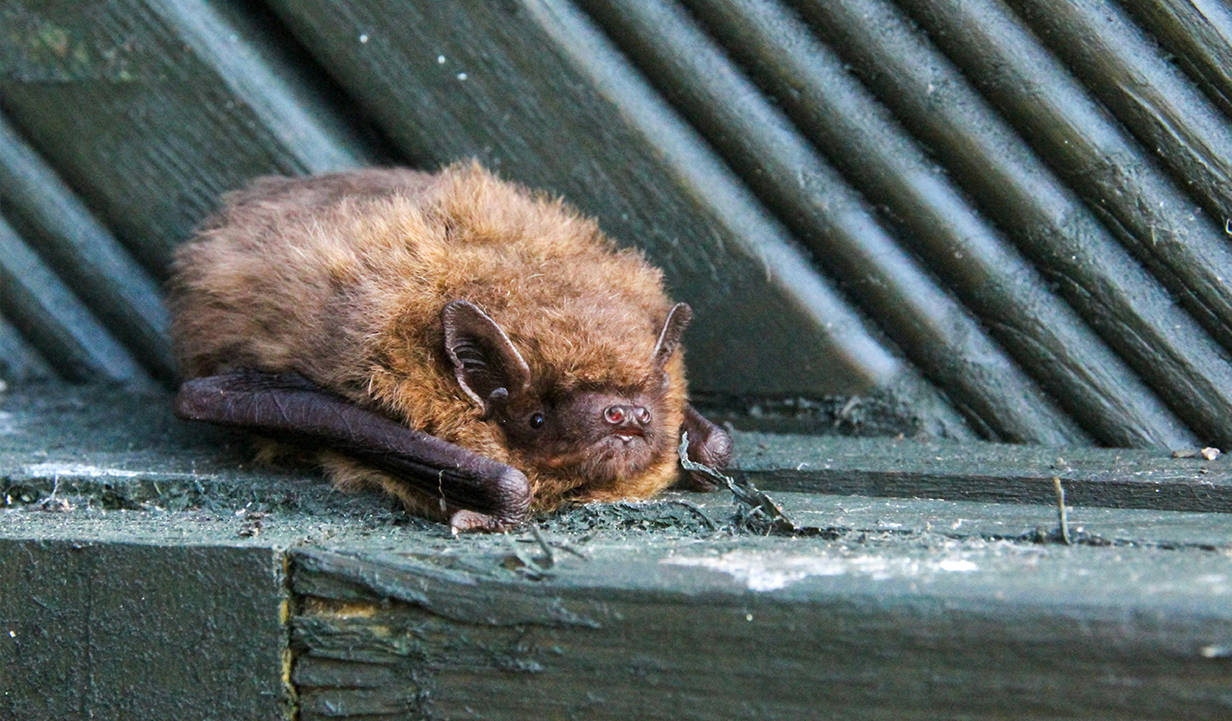
In the UK, the Conservation of Habitats and Species Regulations 2017 and the Wildlife and Countryside Act 1981 protect all bat species. This means that any construction work that may impact bat habitats requires careful consideration and often a thorough ecological assessment.
“We need to learn how to work with nature rather than against it.”
David Attenborough
For some projects, before any construction work begins, it is crucial to conduct bat surveys. These can involve:
Preliminary Roost Assessments: An ecological consultant will assess the site for potential bat habitats, including trees, buildings, and other structures that may harbour roosts, such as this Richmond Bell barn conversion below, where large amounts of bat droppings were found.
Activity Surveys: Monitoring bat activity, typically three surveys are required, during the summer months, to help determine the presence of bats and their roosting habits.
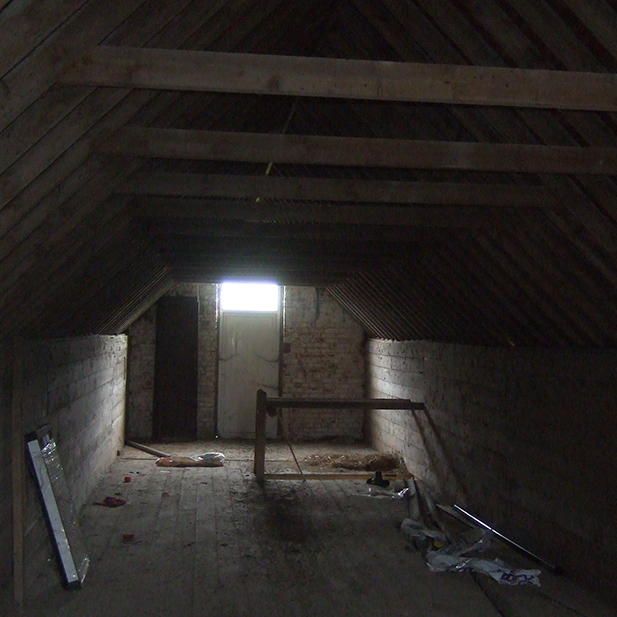
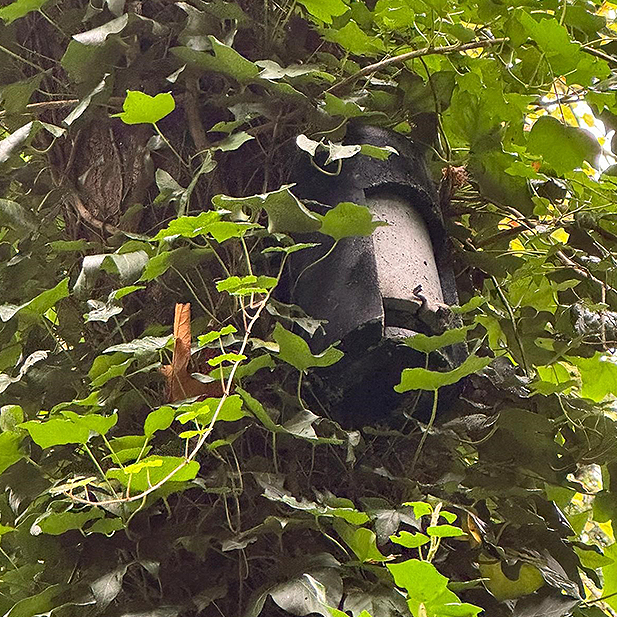
When bats are identified in the vicinity of a construction site, the following steps can be taken to ensure their protection:
Mitigation Plans: Such as timing construction activities to avoid critical periods for bats, like maternity season (usually late spring to early summer).
Creating Alternative Habitats: In some cases, it’s possible to enhance existing habitats or create new roosting opportunities, such as bat boxes or specially designed roosting structures, to compensate for lost habitats.
Architects play a crucial role in the intersection of construction and bat conservation. By integrating ecological principles into our designs, we can create buildings that are not only functional and aesthetically pleasing but also supportive of local wildlife. This involves considering bat-friendly features, such as installing bat boxes in strategic locations (seen above), designing green roofs that provide foraging habitats, and ensuring that structures have dark corridors to facilitate safe bat movement.
Here at Richmond Bell we work with ecologists during the planning phase to identify potential bat habitats and incorporate conservation measures into our designs. This is particularly important for many of the projects we undertake across Wiltshire, Hampshire and Dorset, such as heritage buildings and barn conversions, which have a high likelihood of being homes to bats. By prioritising sustainability and wildlife protection, architects can lead the way in fostering environments where both human communities and bats can thrive together. Get in touch to learn how we can help with your project.
All Insights
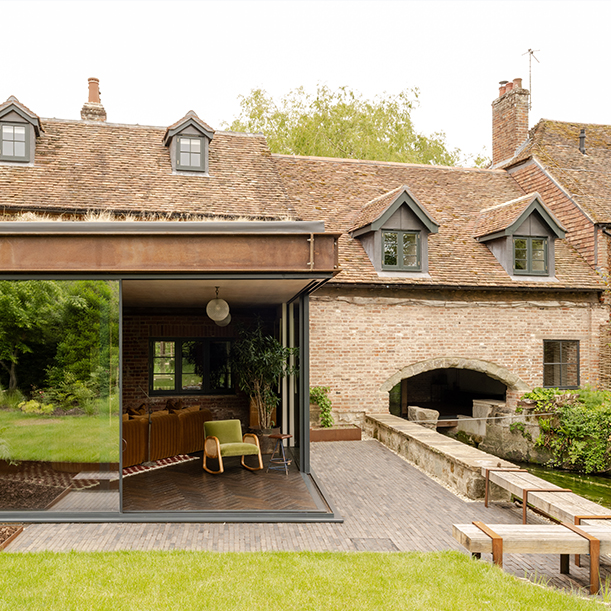
View Project
Home for a Sculptor, Wiltshire
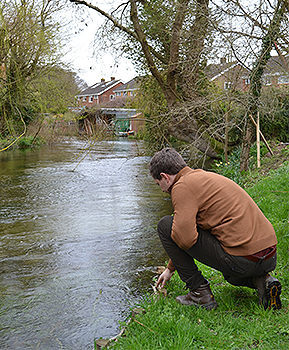
Read More
What Consultants Might I Need on My Project?

Read More
Why do I need an Architect?
Contact Us